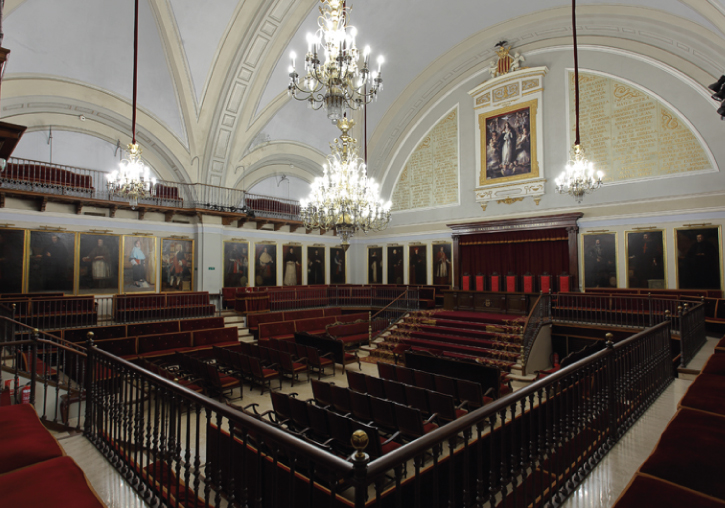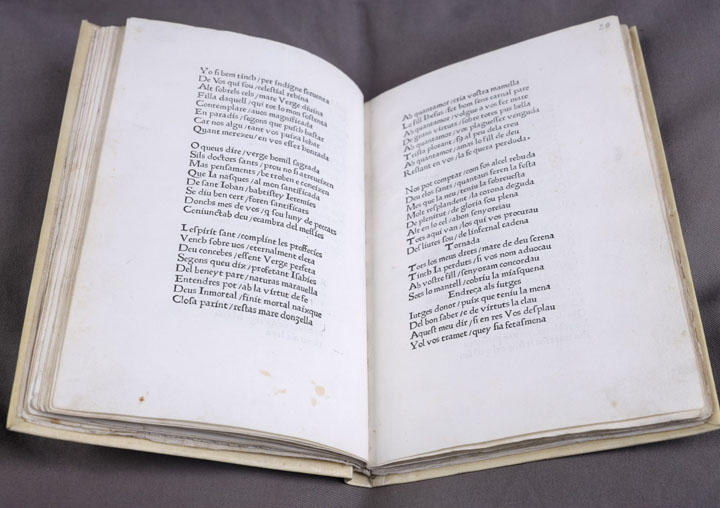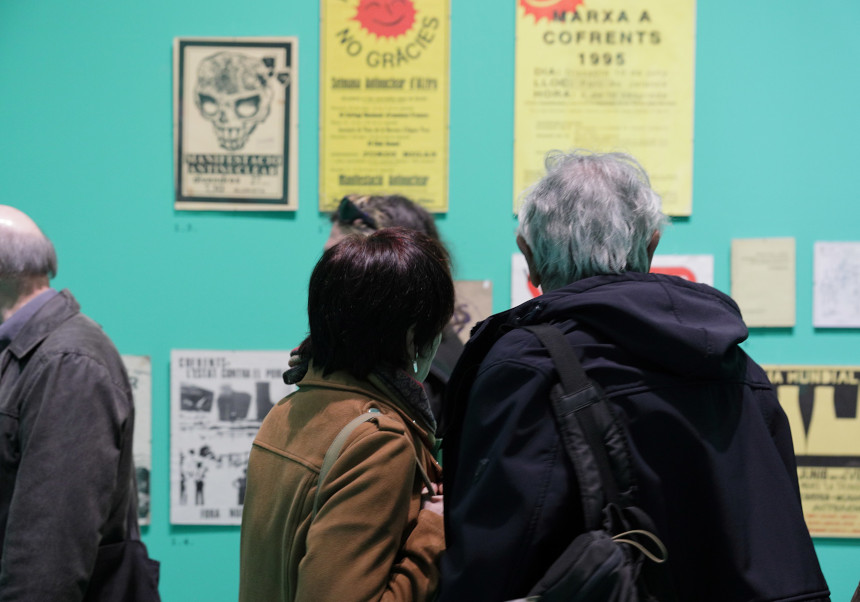Culture recognises the museum “La Nau. Museum of the Universitat de València”
- Office of the Vice-Principal for Culture and Society
- February 28th, 2022

The Conselleria of Education, Culture and Sport has recognised the museum “La Nau. Museu de la Universitat de València” as a museum of the Comunitat Valenciana, which covers the most significant spaces from the historical-artistic point of view.
The spaces that are explained are the Duc de Calàbria Hall, which houses the bibliographic collection, the Patio Rectoral, the Sapiencia Chapel, the Cloister and the Paraninfo. These spaces display a collection of artistic assets produced by the Universitat itself at different times in its history, integrated into the architectural spaces for which they were created. One of the most outstanding pieces is the panel of the Virgen de la Sapiencia that presides over the chapel’s altarpiece, painted by Nicolás Falcó in 1516, a representative work of Valencian Renaissance art. The visit to this space is accompanied by works of outstanding figures of Valencian neoclassicism such as Maella, Camarón and Ignacio Vergara. The paraninfo or academic theatre displays a gallery of 40 full-length portraits of illustrious figures and the Boardroom contains a gallery of portraits of principals from the mid-19th century, and the institution's treasure chest from the 18th century.
This historic building, declared as Cultural Interest in 1981, is the oldest and most emblematic of the Universitat de València. It has been the main headquarters since its foundation at the end of the 15th century until the mid-20th century, when the faculties were installed on the Blasco Ibáñez campus. It has Valencian neoclassical architecture, especially in its façades and cloister. Its current architectural configuration is the result of a succession of interventions that have adapted the building to its different functions and needs over more than five centuries, from the first works commissioned to Pere Compte to the most recent interventions (1999 and 2012).
It has become a cultural centre of reference in the city of Valencia with an extensive programme of activities related to art exhibitions, theatre and music, to which is now added the visit to these historical spaces that have been recognised as museums.
More information:
File in: Cultura , Patrimoni Cultural , Museus , Col·leccions




.jpg)











